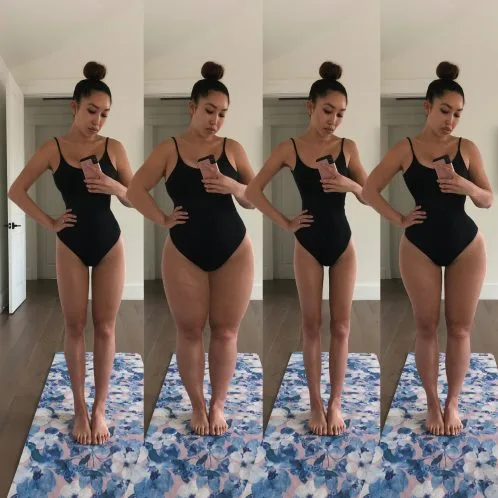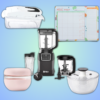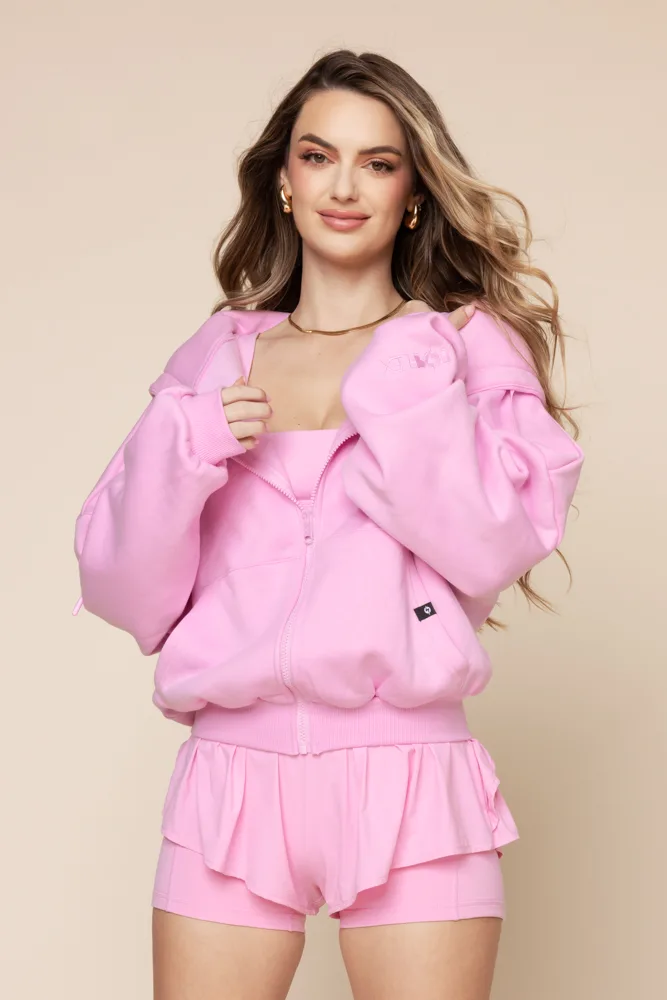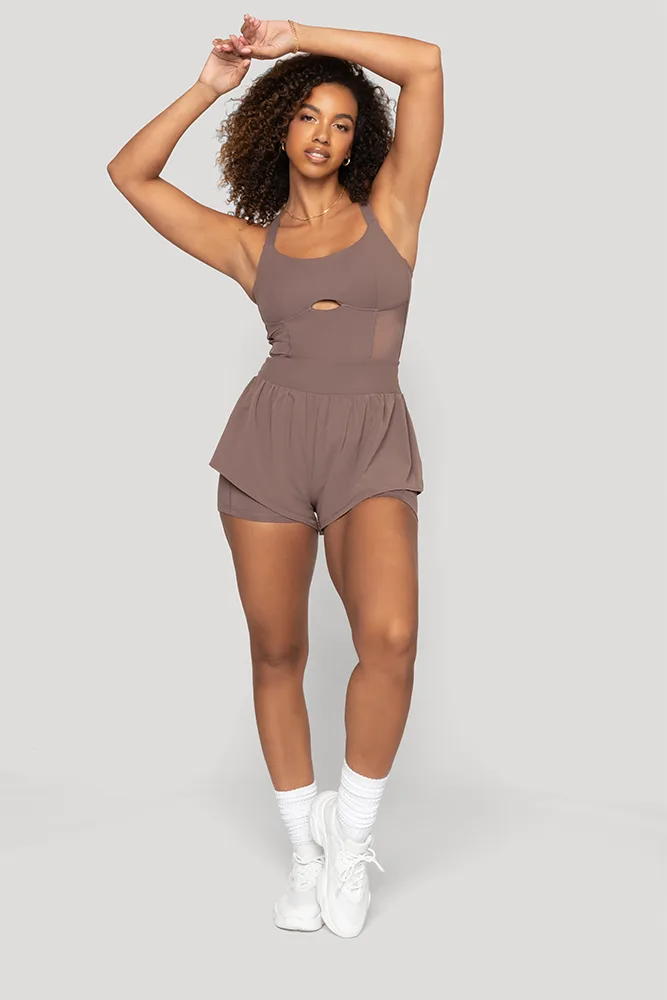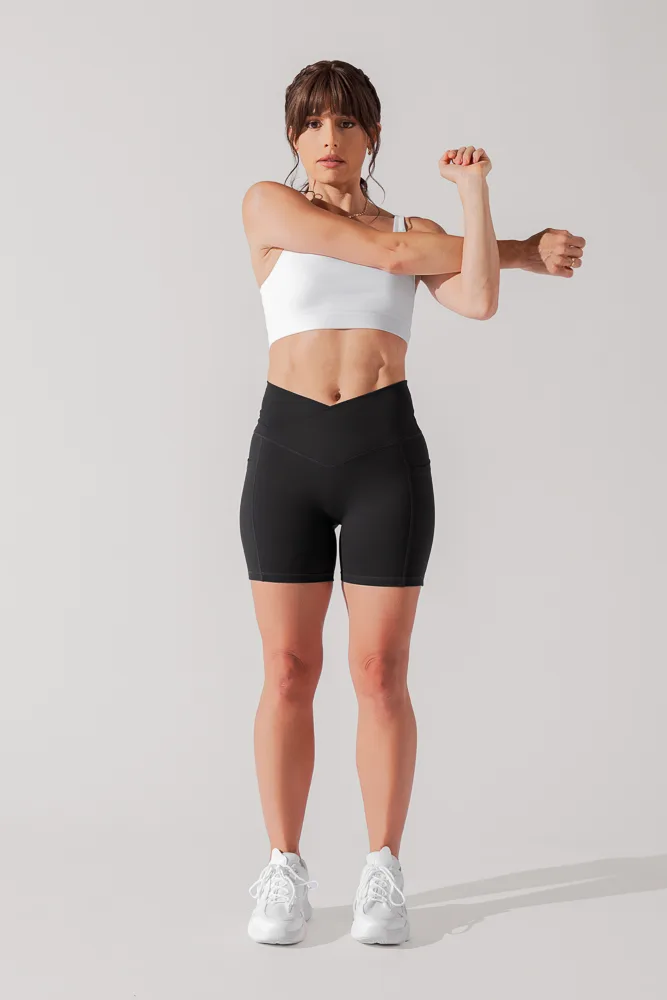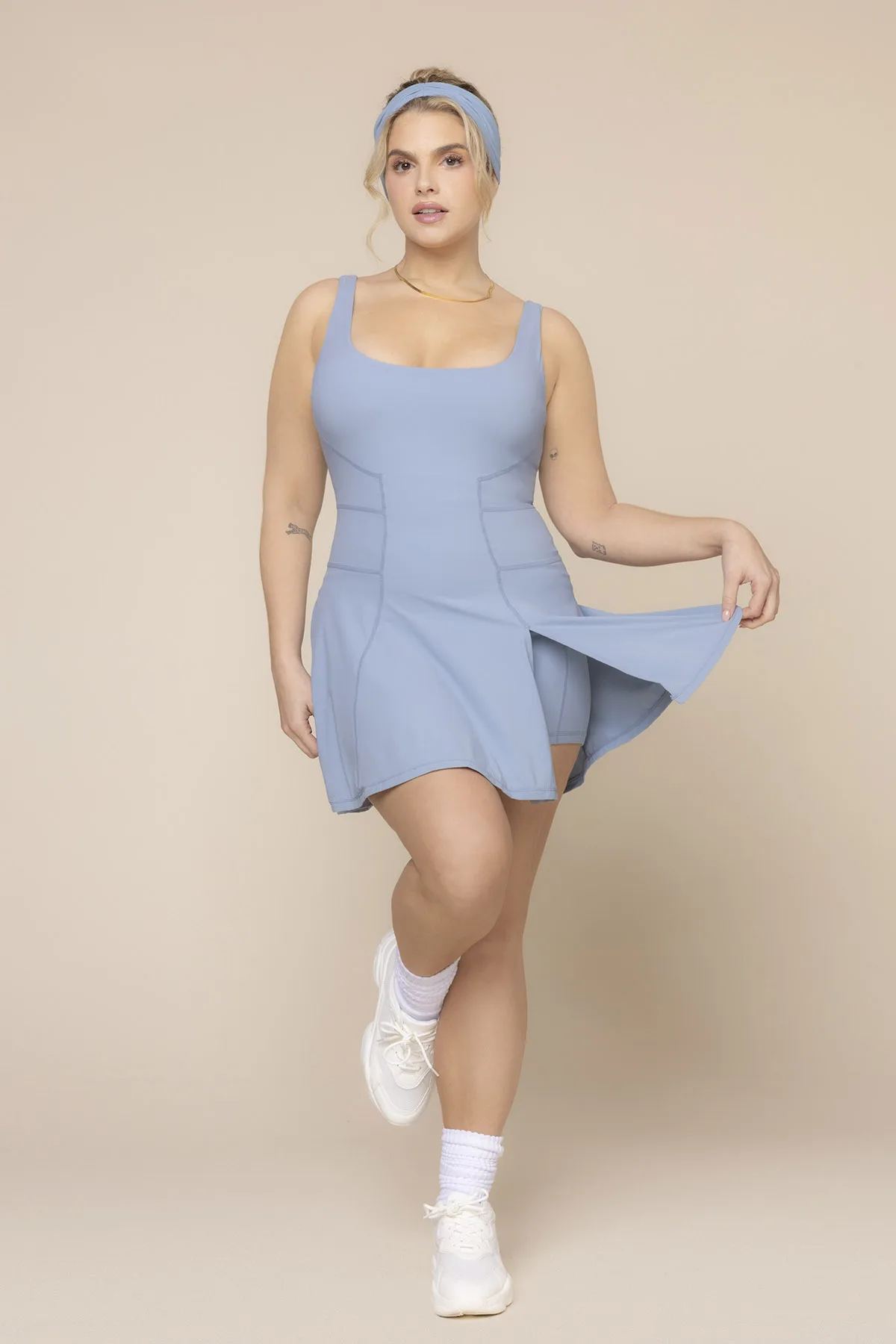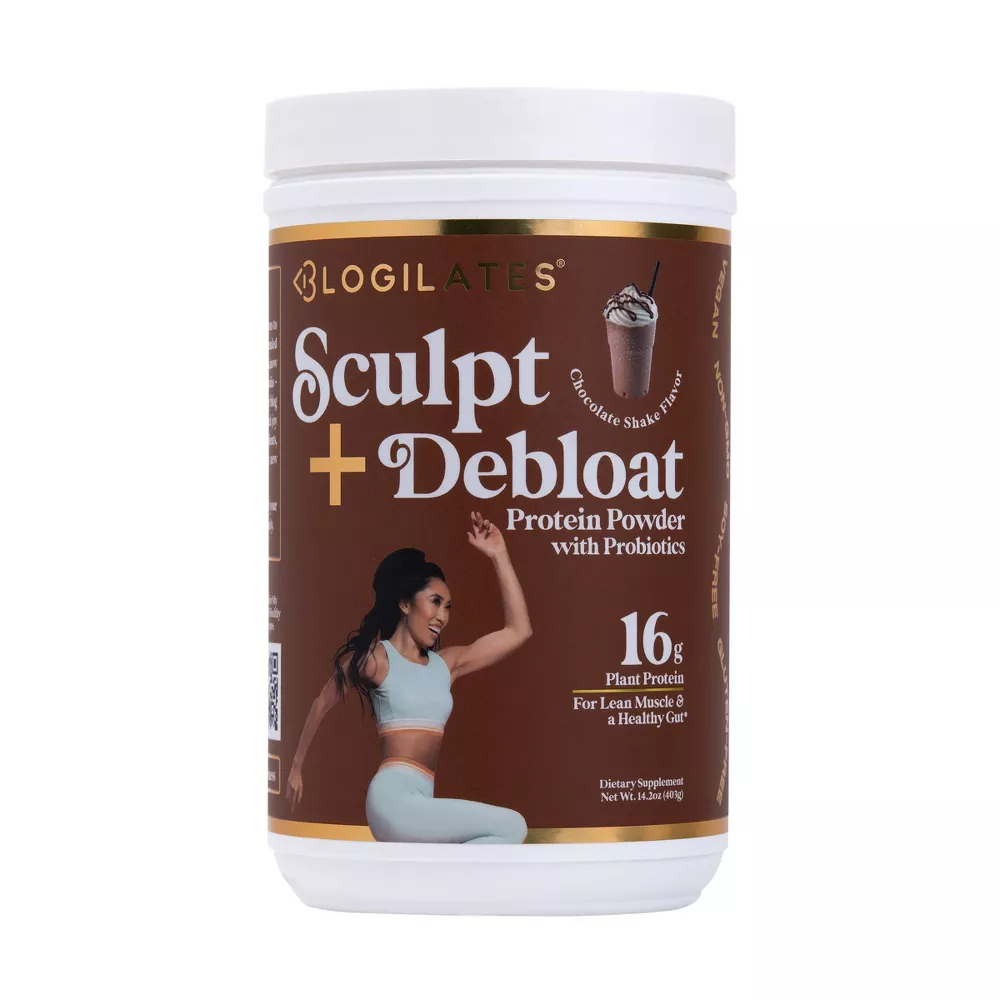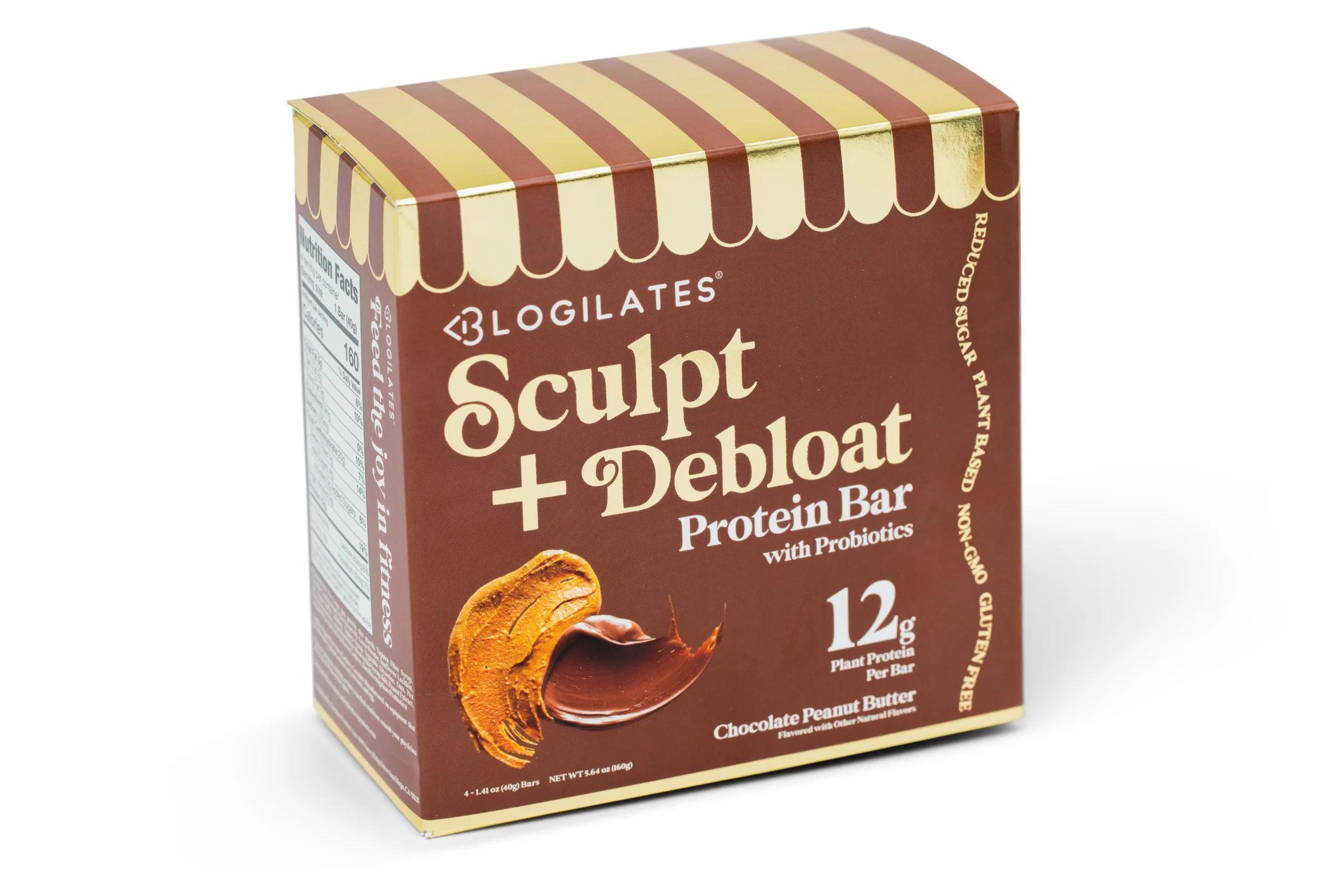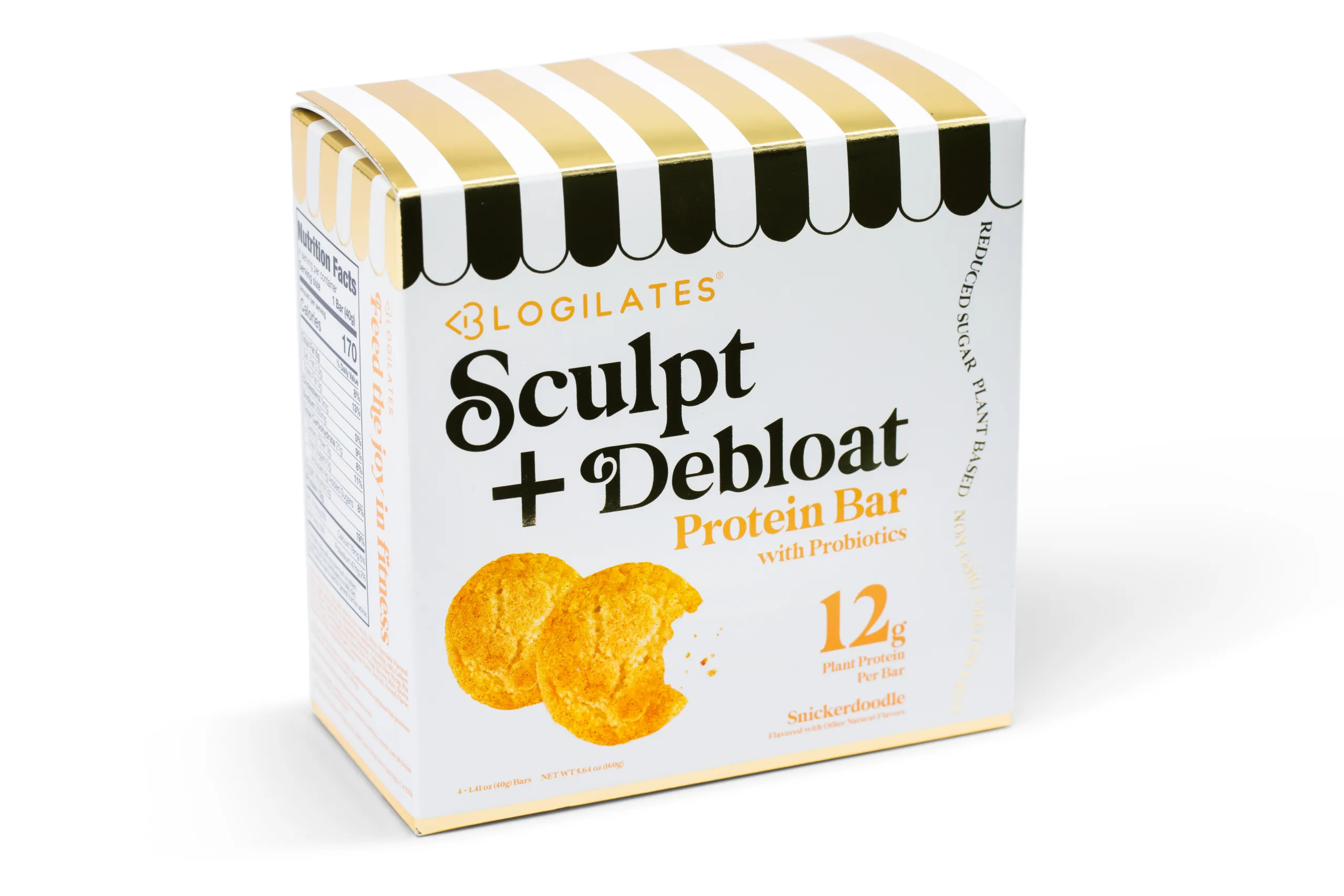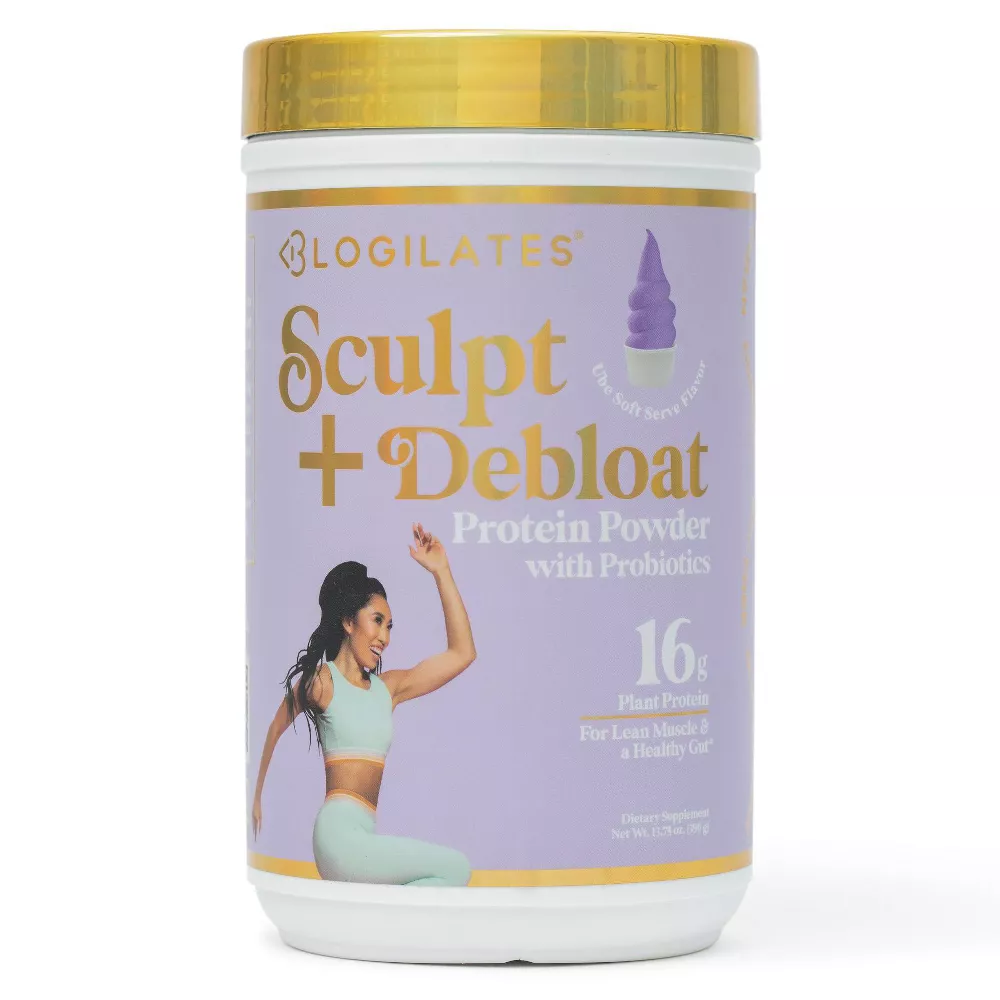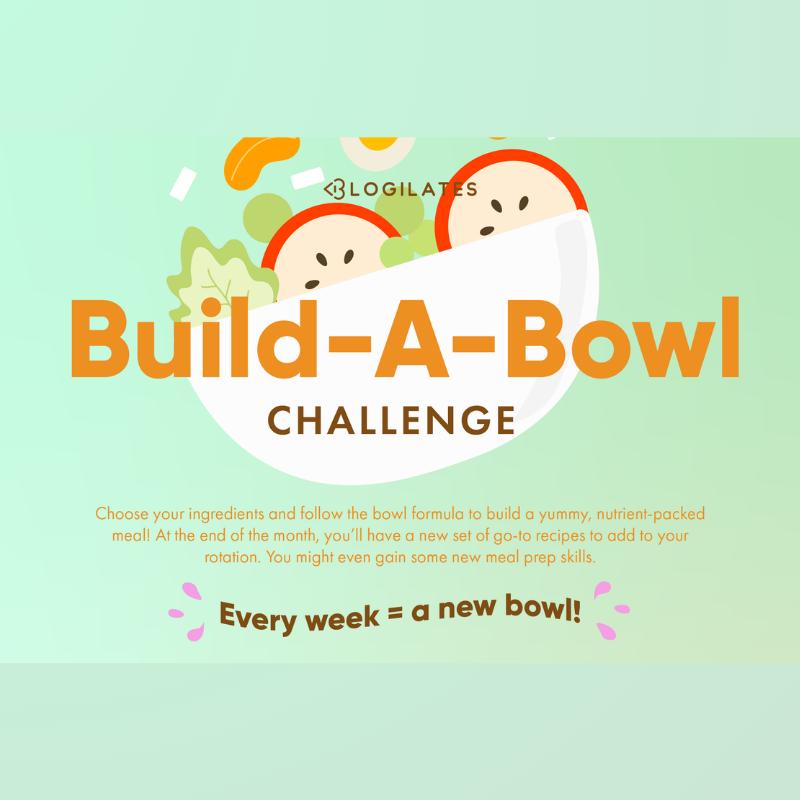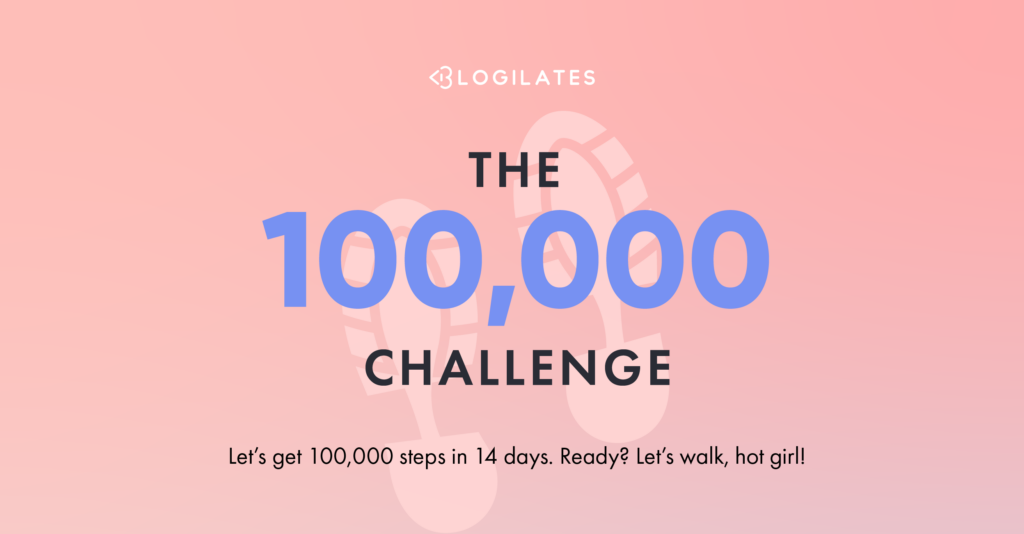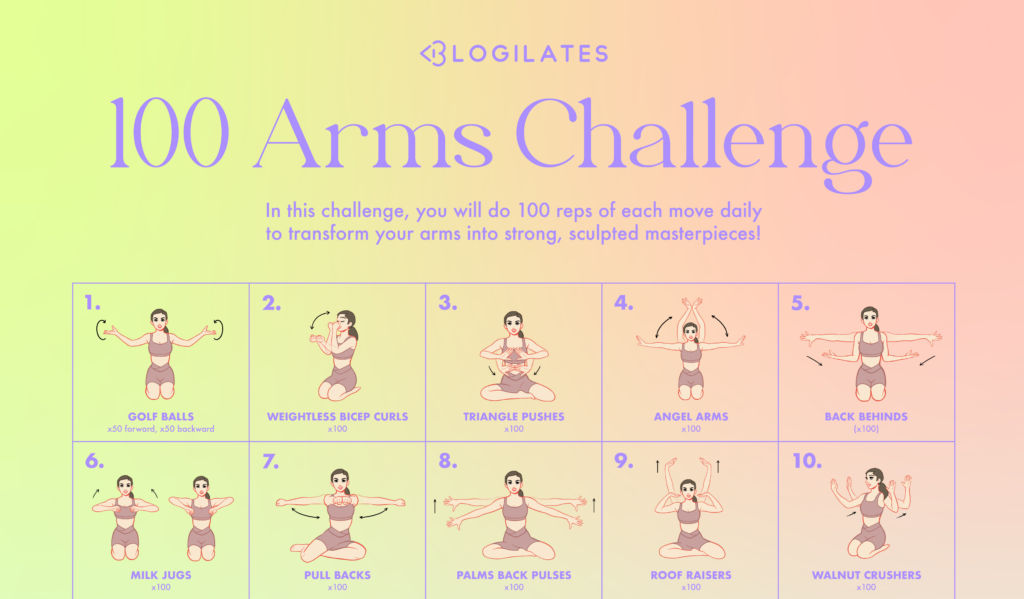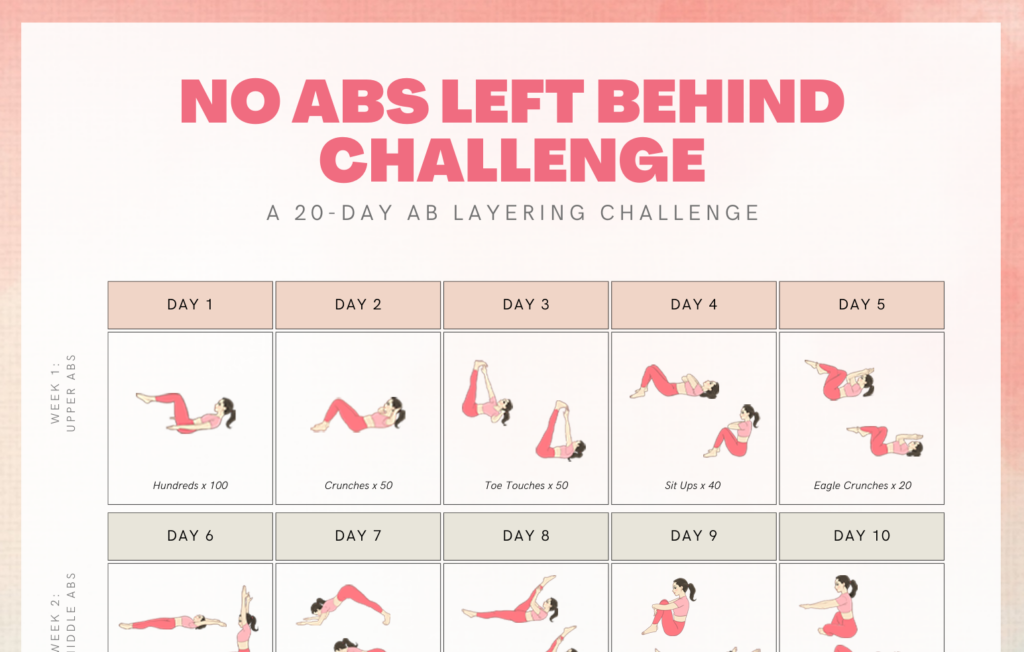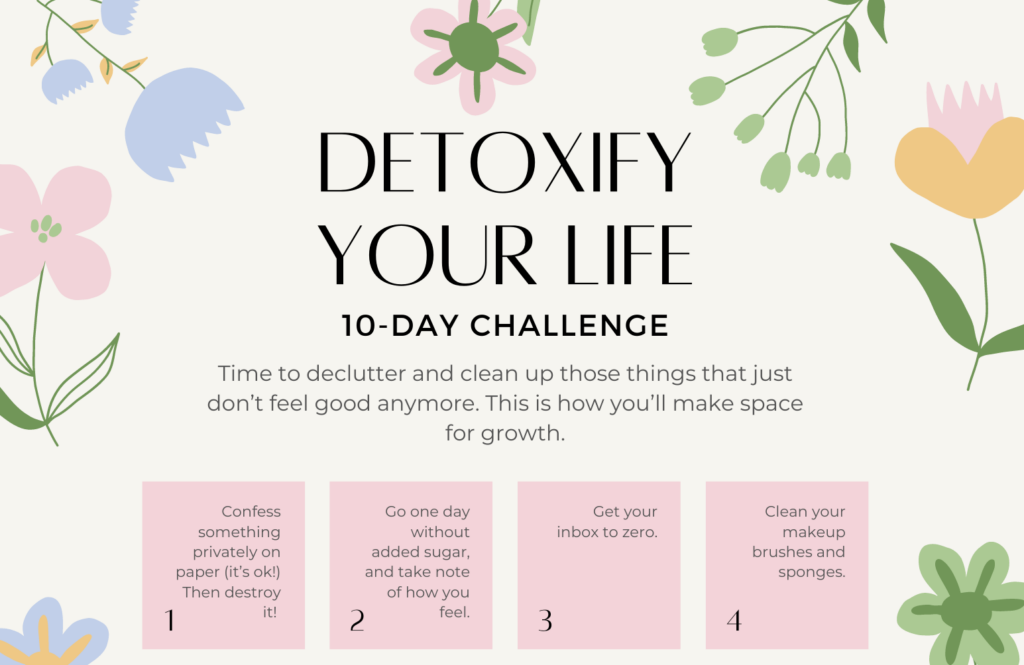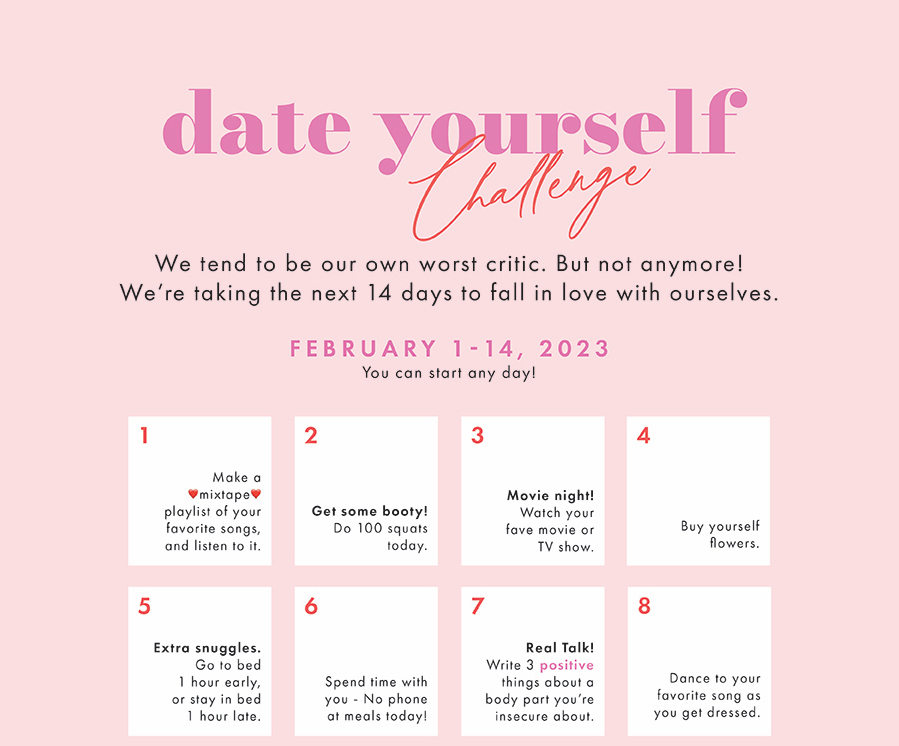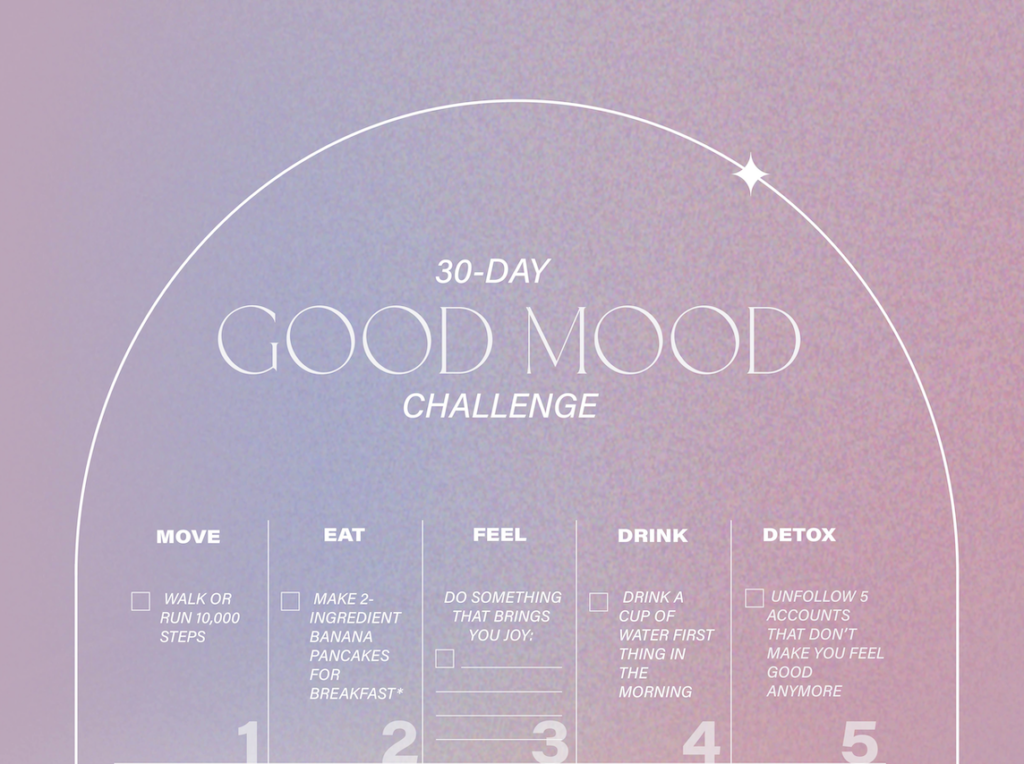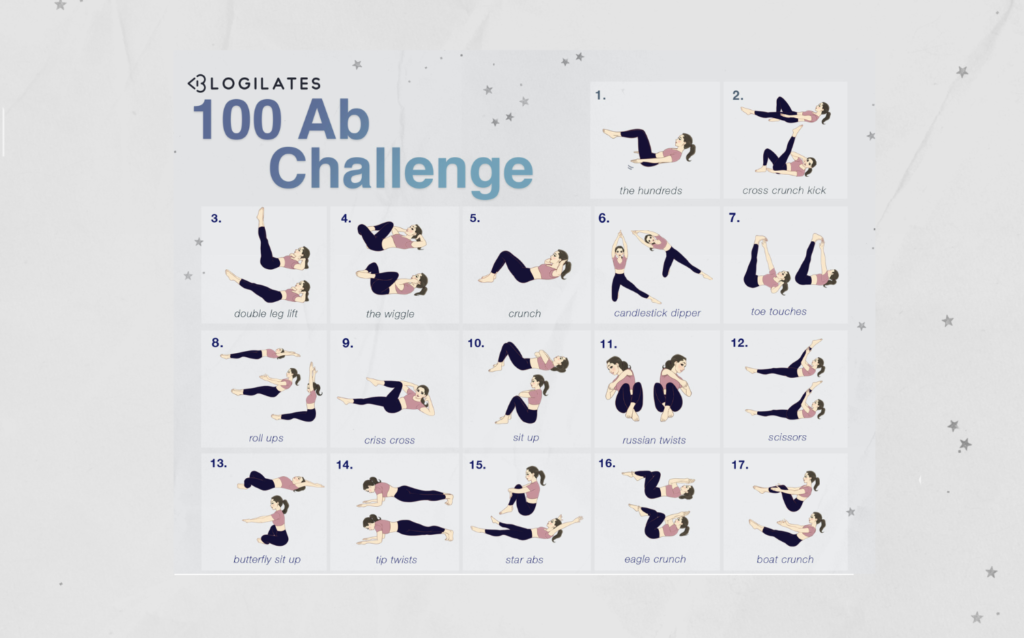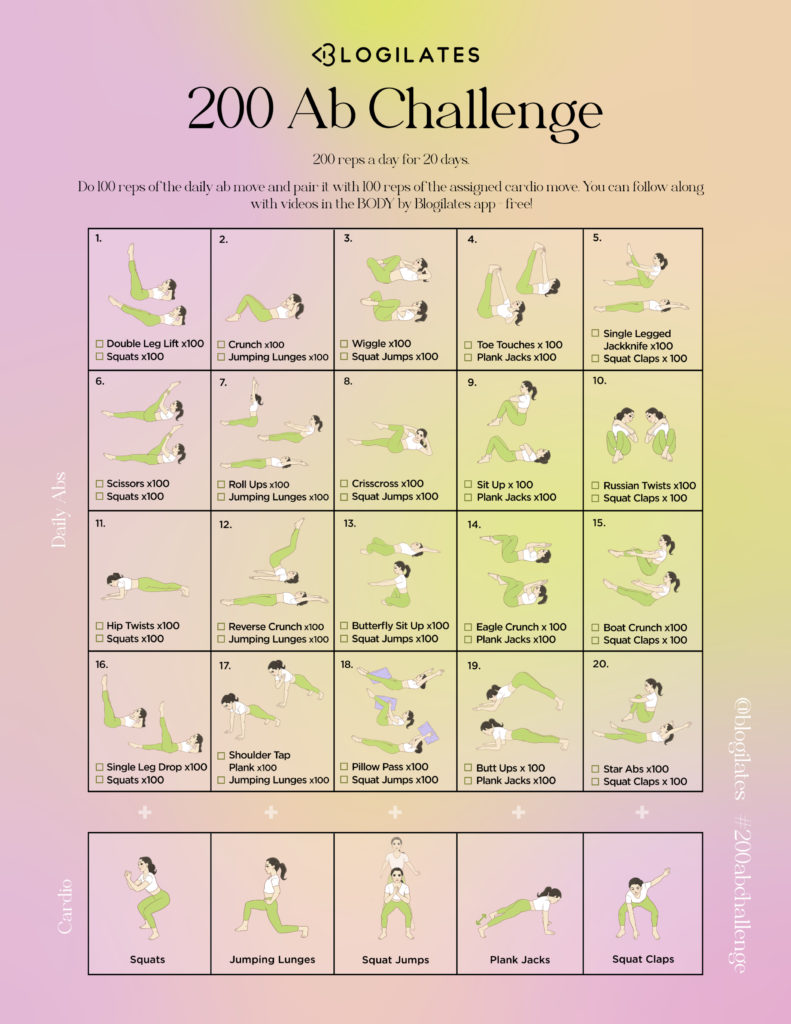Intuitive Wellness: Fitness Fad or Sustainable Routine?
-
 Fitness
Fitness -
 Sep 13, 2023
Sep 13, 2023
-
 No Comments
No Comments
-
 By Kristen Kubek
By Kristen Kubek
You may have seen the terms “intuitive eating” or “intuitive movement” on TikTok or other social media platforms. Its recent rise in popularity is a response to the diet culture of the 2010s that encouraged us all to ignore our hunger cues and tired bodies and push through in order to look a certain way.
Like most health and wellness trends, what started as a positive movement has gotten a bit confusing and potentially misguided as it went viral.
We want you to live your best, balanced life, so we’re here to break through the noise and tell you everything you need to know (and what to look out for!) when it comes to TikTok wellness advice. Let’s break down the basics of intuitive wellness and go beyond the trend.
@stephgrassodietitian How I established a healthy relationship with food. Why restrict your favorite foods when you can just add more nutrients?! Best of both worlds 🫶🏼 #dietitian #nutrition #healthyrelationshipwithfood #add #macncheese #healthtips ♬ original sound – Steph Grasso, MS, RD
Follow The Feeling
The Cleveland Clinic describes intuitive wellness as trusting internal hunger cues to decide what and how much to eat. It’s all about making peace with food by listening to your body’s needs and responses.
Steph Grasso, a registered dietitian and TikTok influencer, is a huge advocate for intuitive eating. She says that “diet culture has become a huge problem on social media that sets unrealistic standards of what ‘healthy eating’ should look like.” Steph uses her platform to debunk nutrition myths and take a positive approach when it comes to eating. “I promote adding rather than restricting. It encourages a shift away from external food rules and focuses on building a healthy and balanced relationship with food.”
Benefits of intuitive eating include improved body image, a healthier relationship with food, and better overall well-being.
Intuitive Movement
More recently, fitness professionals have applied this mindset to exercise, calling for “intuitive movement” or “intuitive exercise.”
Fitness influencer, coach, and podcaster Laura Girard is one of the many trainers adopting this philosophy. “Intuitive movement means putting your body – and your relationship to your body – first. We are taught to prioritize how fitness LOOKS, but we can choose to use fitness to care for our bodies, to meet our changing daily needs, and to experience the amazing way that moving can make our bodies feel,” she says. “I embrace the reality that my relationship to fitness can shift and grow, just like my body and my life. There are seasons for structure, goals, and growth, and seasons where my body needs patience, compassion, and rest.”
The concept of intuitive movement potentially marks a huge shift in the way the fitness industry operates. Speaking to her experience, Girard says, “It’s a lot more difficult for the fitness industry to sell us the ‘unsexy’ benefits of movement – like improved mental health or more independence as we age – but those long-term goals can be the most powerful motivators for a healthy relationship with movement over the course of a lifetime… There’s no singular ‘right’ way to participate in fitness, and the idea that there IS holds so many people back from even getting started.”
Using your intuition throughout your daily routine can help you fall in love with food and fitness again. It’s important to take stock of how your body feels after eating certain foods and doing certain workouts. Being intuitive allows you to show respect to your body by asking it what it needs.
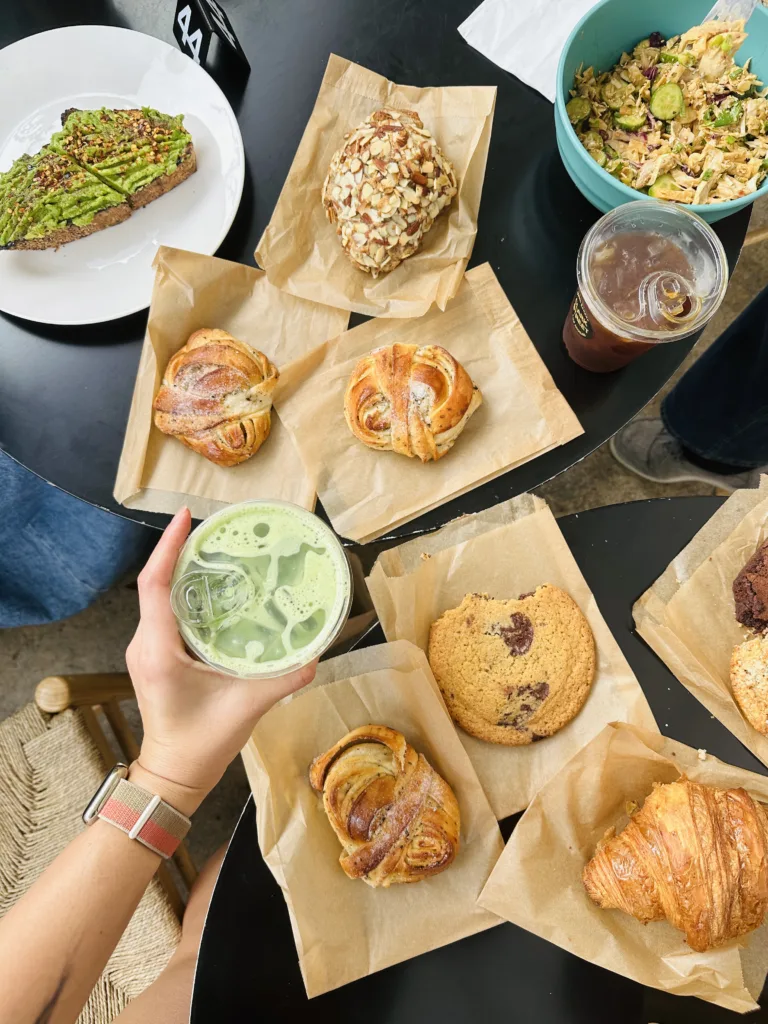
What Brings You Joy (And What Doesn’t)?
At the core of intuitive wellness is honoring your health. There are so many ways to do this, but we’ve included a few for you to use as inspiration.
Avoid the all-or-nothing mindset. If you’re tired but tense, try stretching for just 10 minutes before bed. If you’re craving something sweet but aren’t super hungry, help yourself to a few spoonfuls of your fav ice cream. Find the middle ground, whatever that means for you.
Choose foods and workouts that you actually enjoy. Don’t do something you know you’ll hate just because others hype it up! Remove the words “I should” from your vocab. Replace them with “I can” or “I want to” and go from there.
Remember the things that bring you joy and incorporate them into your routine. What did you love doing as a kid? Skipping, hopscotch, jump rope… maybe a dance class! Find joy in movement. Did you love PB&J’s, lemonade, or a warm chocolate chip cookie? Having some of your favorite childhood foods can boost your happiness with a rush of comfort and nostalgia.
Journal. Get to know yourself! Physically write down how you’re feeling day-to-day and how your food and fitness routines are making an impact.
Give yourself permission both to rest and to push yourself.
Remember – one person’s version of “intuitive wellness” is going to be different from your own!
Your Body Is Not A Trend
Fitness and health trends are not a prescription, even if they’re coming from a dietitian or a certified fitness instructor. (Especially if they’re coming from content creators who don’t have an education in these fields, which is usually the case). If you’re seeking personalized nutrition or fitness advice, work 1:1 with a professional.
No one on the internet can tell you exactly how a certain diet or fitness routine will impact your body.
The truth is, trends cycle in and out. One day, the “only way” to get gains is to do Crossfit. Then the next day, some influencer becomes “enlightened” and swears by Pilates instead.
Our recommendation? Take online health and fitness trends with a grain of salt. You don’t have to participate in them just because it’s the “new thing” (If you really don’t like cottage cheese, you don’t need to scarf it down simply because it’s high protein!).
Instead, think of health and fitness fads as suggestions. They’re simply alternatives to switch up your workout routine if you’re getting bored and uninspired with your current routine or food choices
Don’t Overthink It
Sometimes your intuition will be wrong, and that’s okay! Trends like cycle syncing and hormone balancing are great in theory, but the reality is that you may never be perfectly in tune with your body. (If you have serious health-related issues, please consult a doctor on these topics. Not the internet!)
One trend we’re definitely here for is learning. There are some great resources out there if you’re interested in nutrition or the science behind exercise.
The Big Picture
For overall intuitive wellness, it’s about the little things. Take note of when your body needs sleep or an invigorating walk (it really is two different types of tired). It starts with being able to realize whether it’s a day that you can use up your energy in a high-impact workout or become rejuvenated with some stretches or a gentle yoga class. Whether it’s a day to enjoy a green smoothie on your patio or go out to brunch with friends.
The beautiful thing about intuitive wellness is that it’s all about taking care of you the best way you can.
How Are You Practicing Intuitive Wellness?
We want to know how you’re working to listen to your body’s wants and needs. Tell us how you’re using the intuitive wellness trend (or how you’re planning to!). Leave a comment below.

